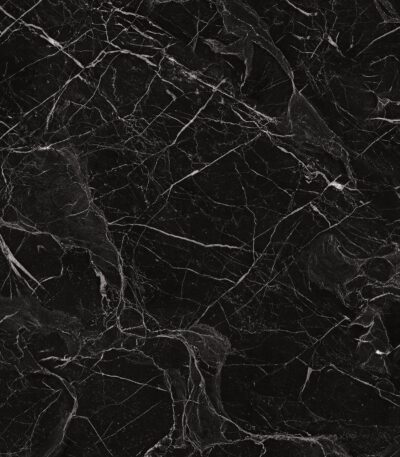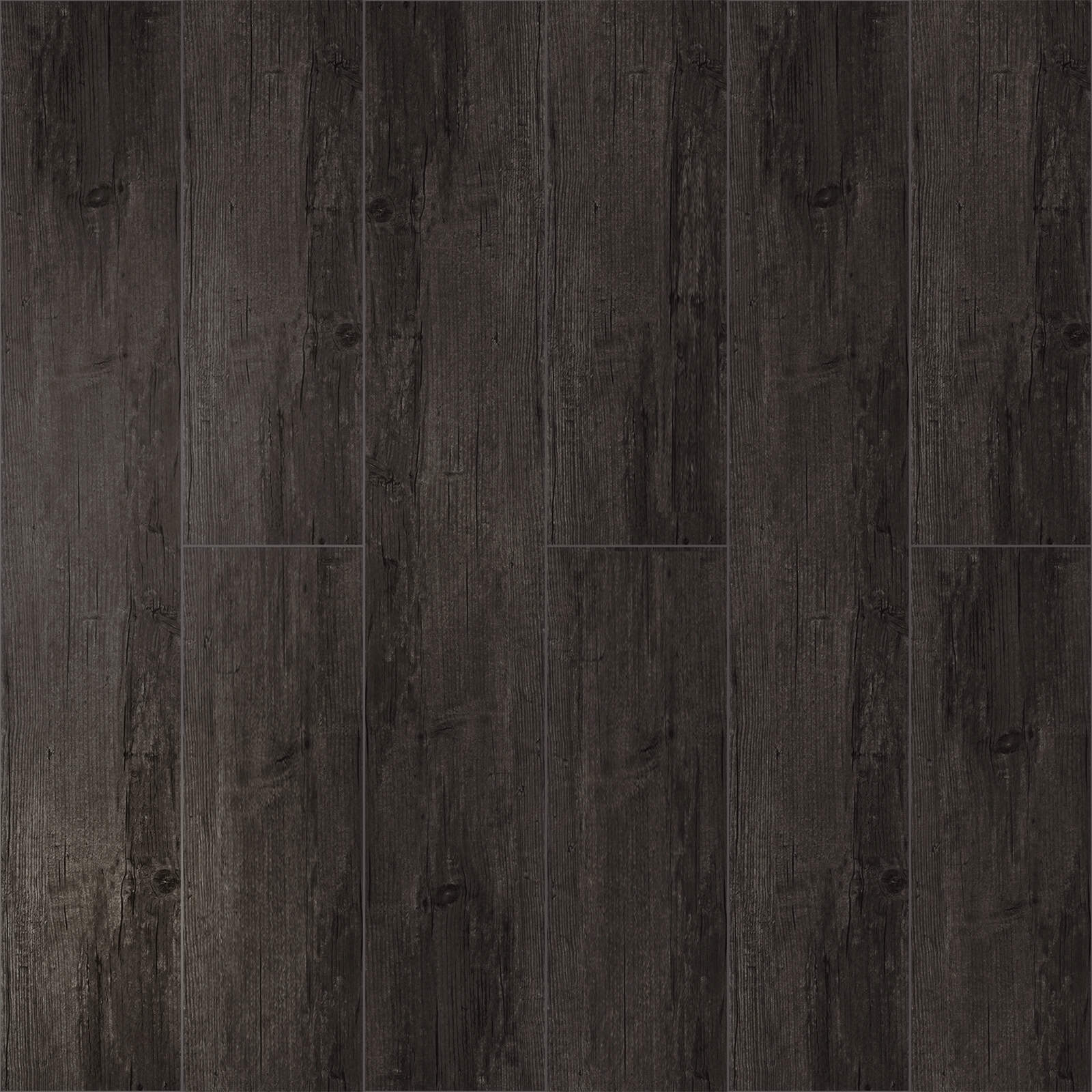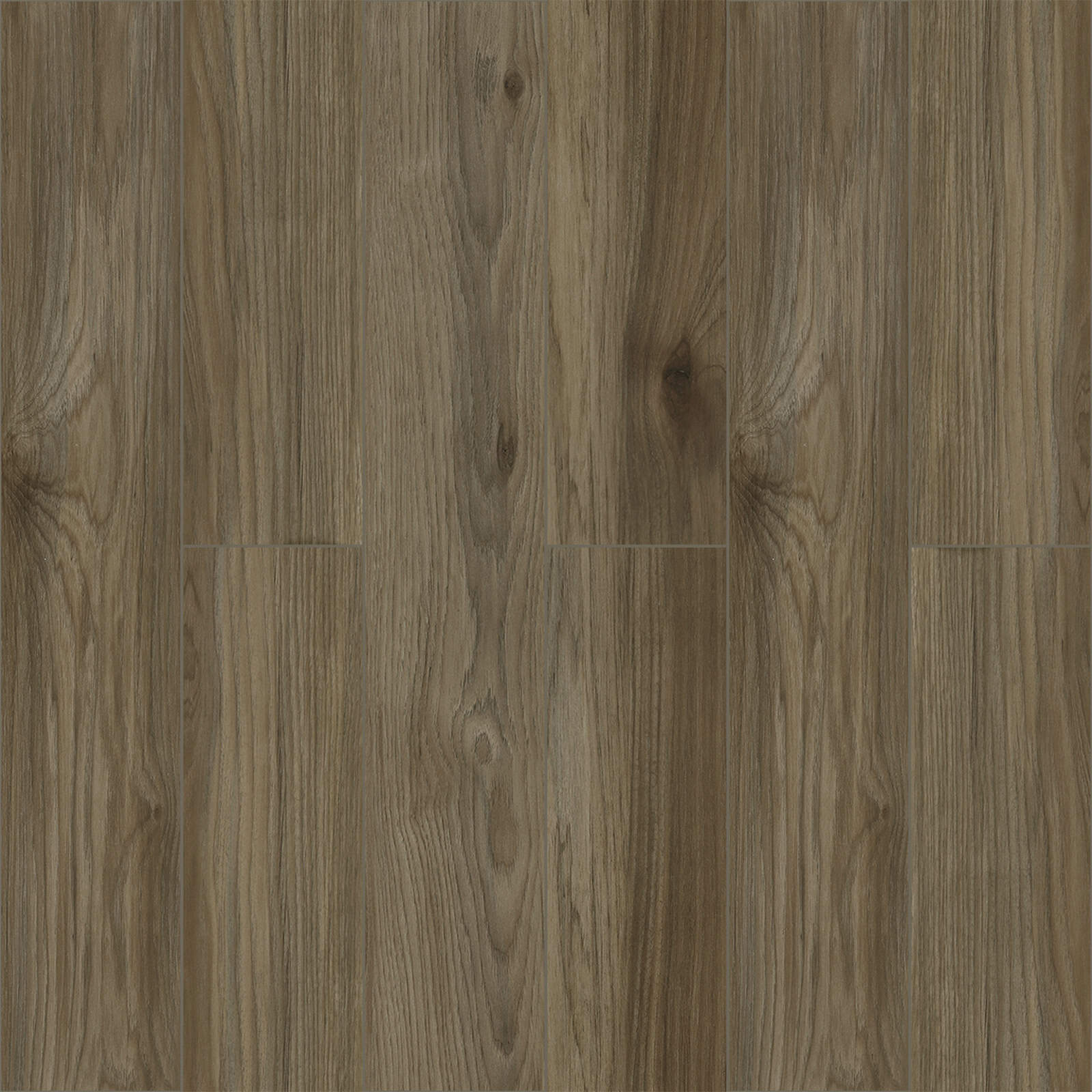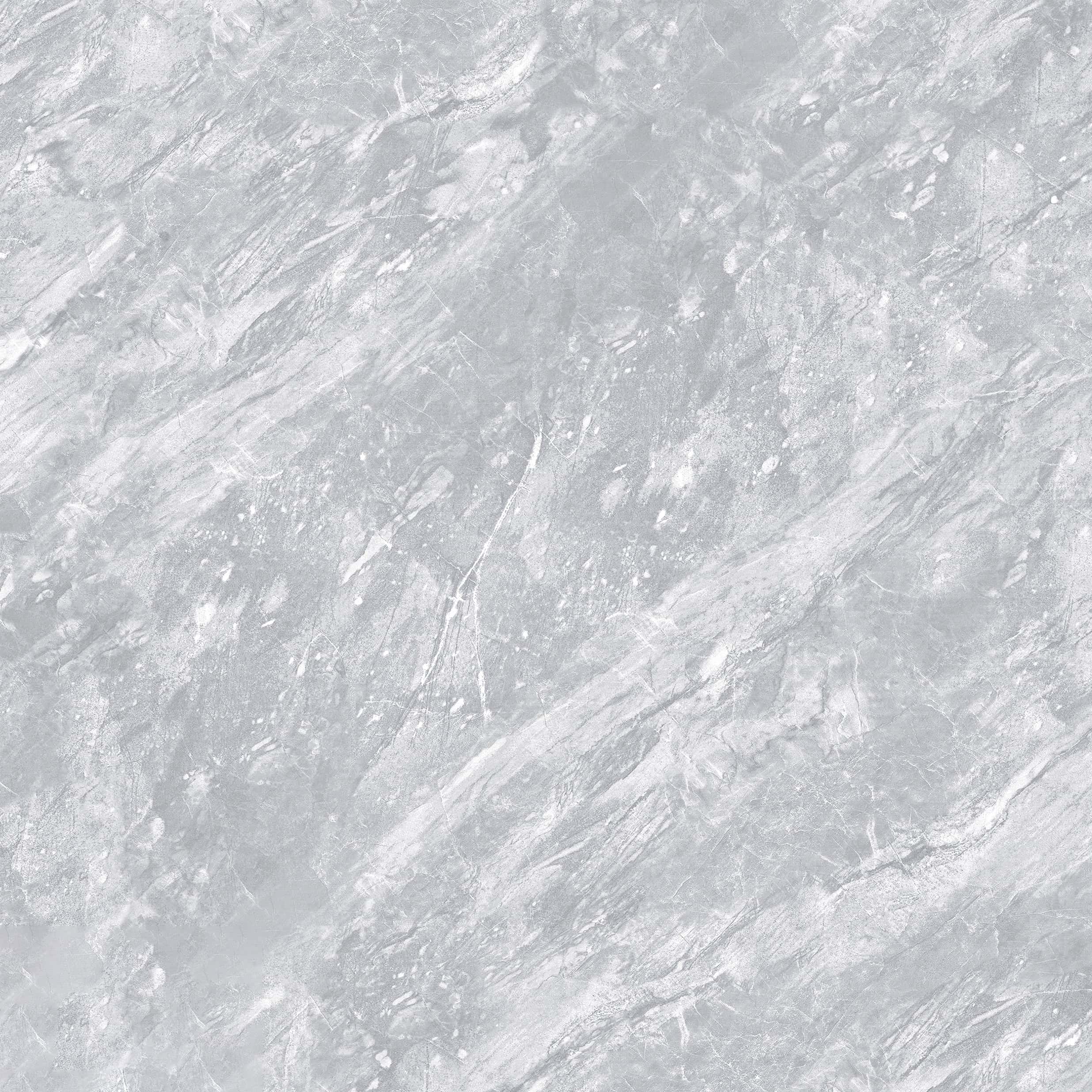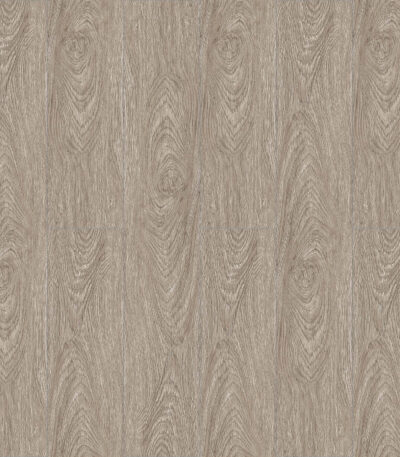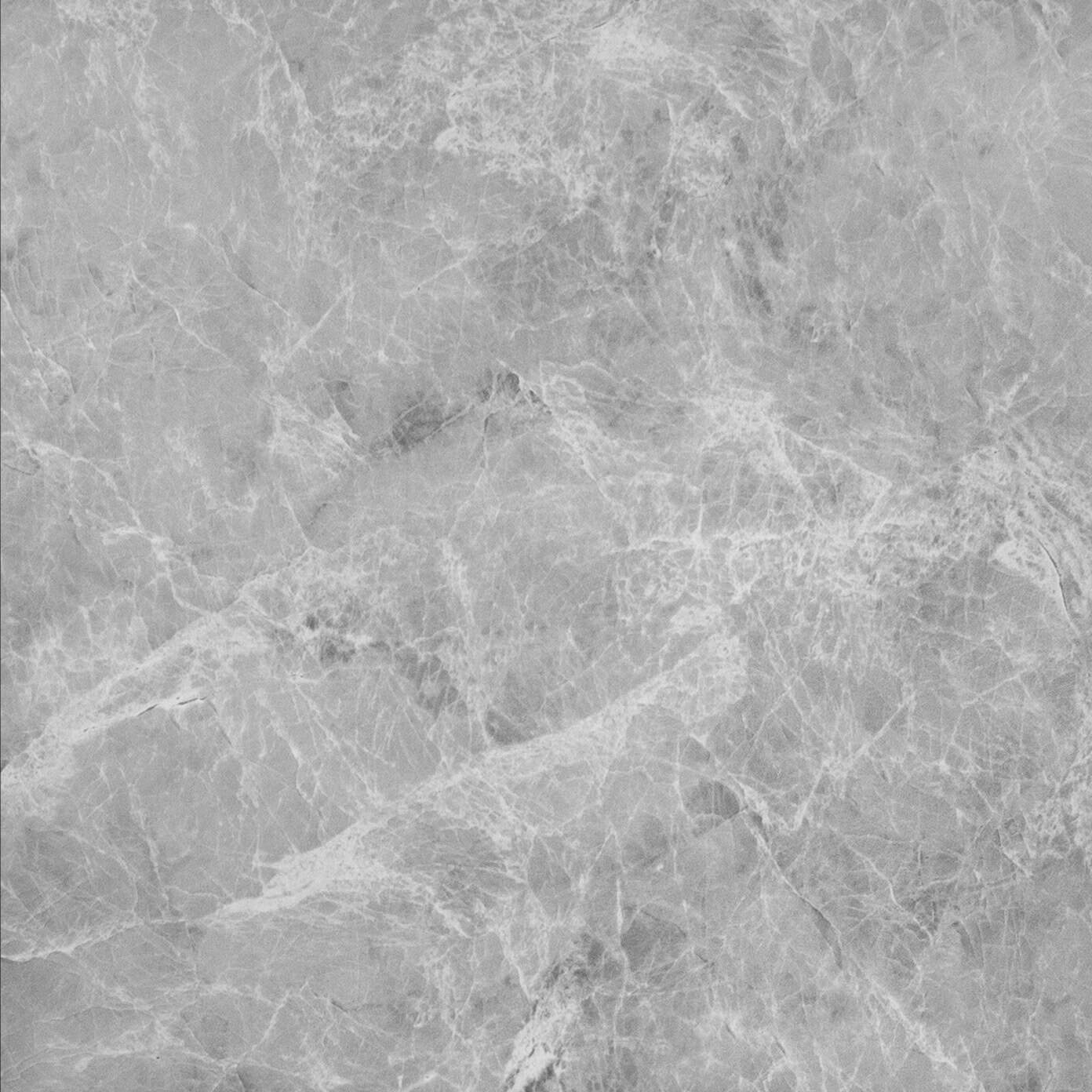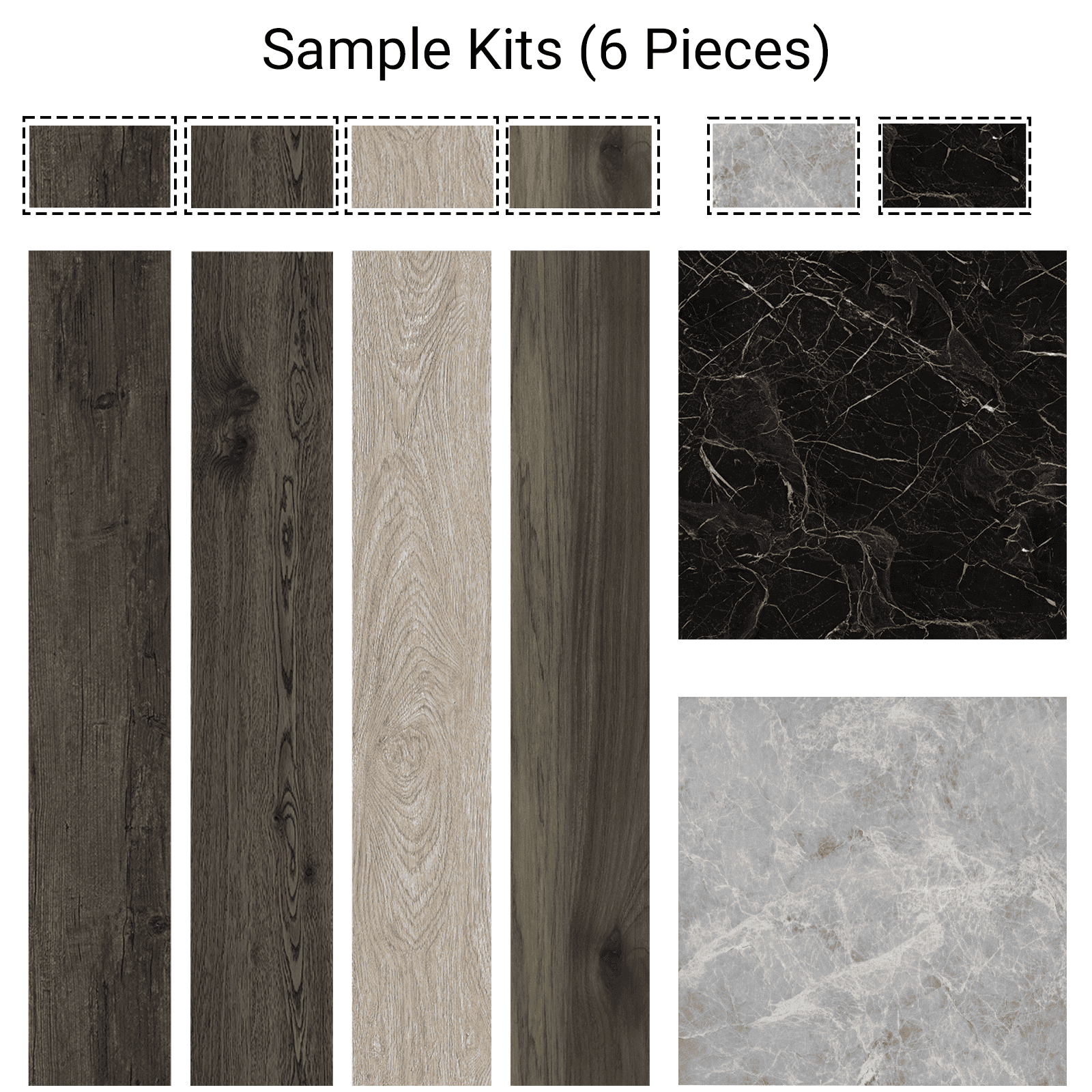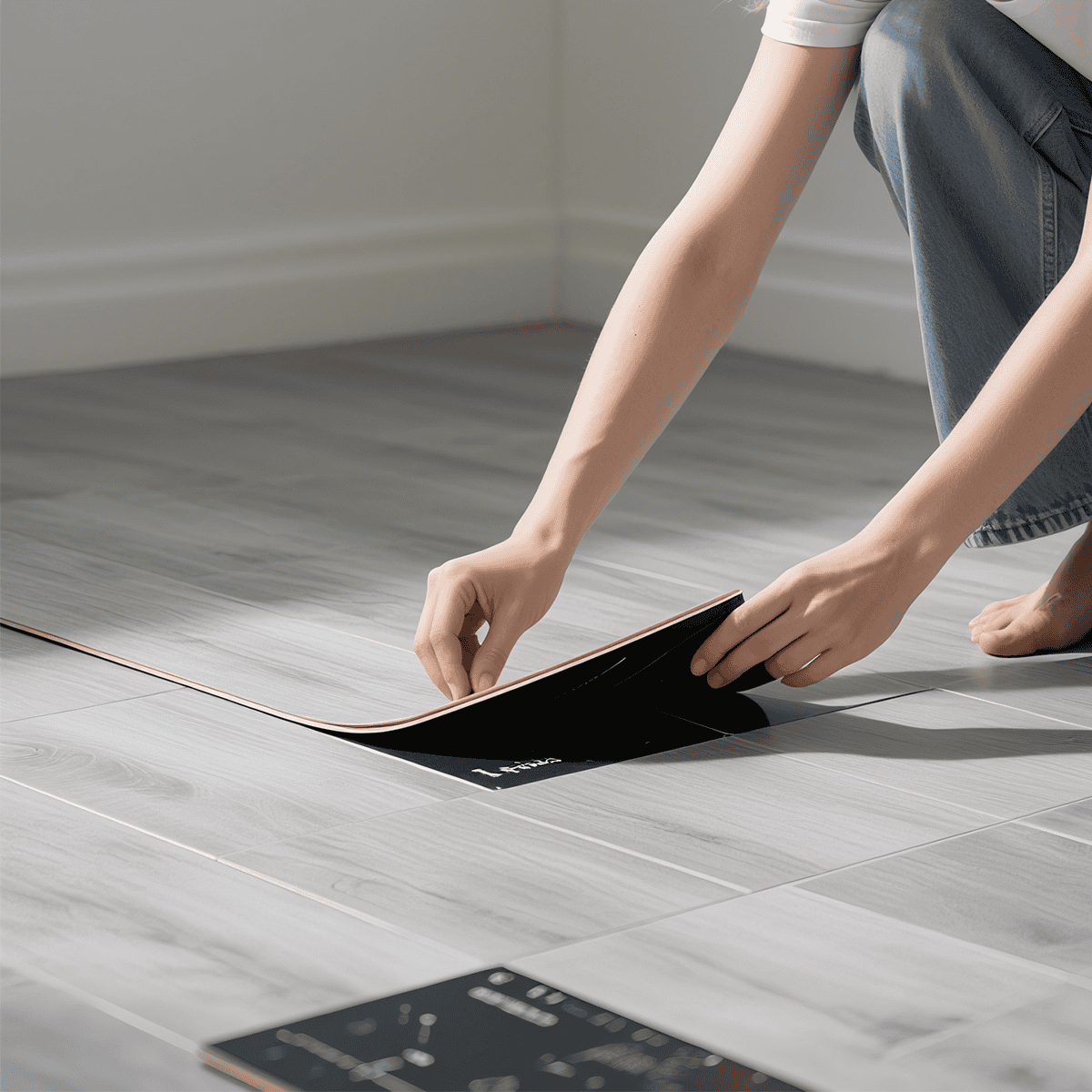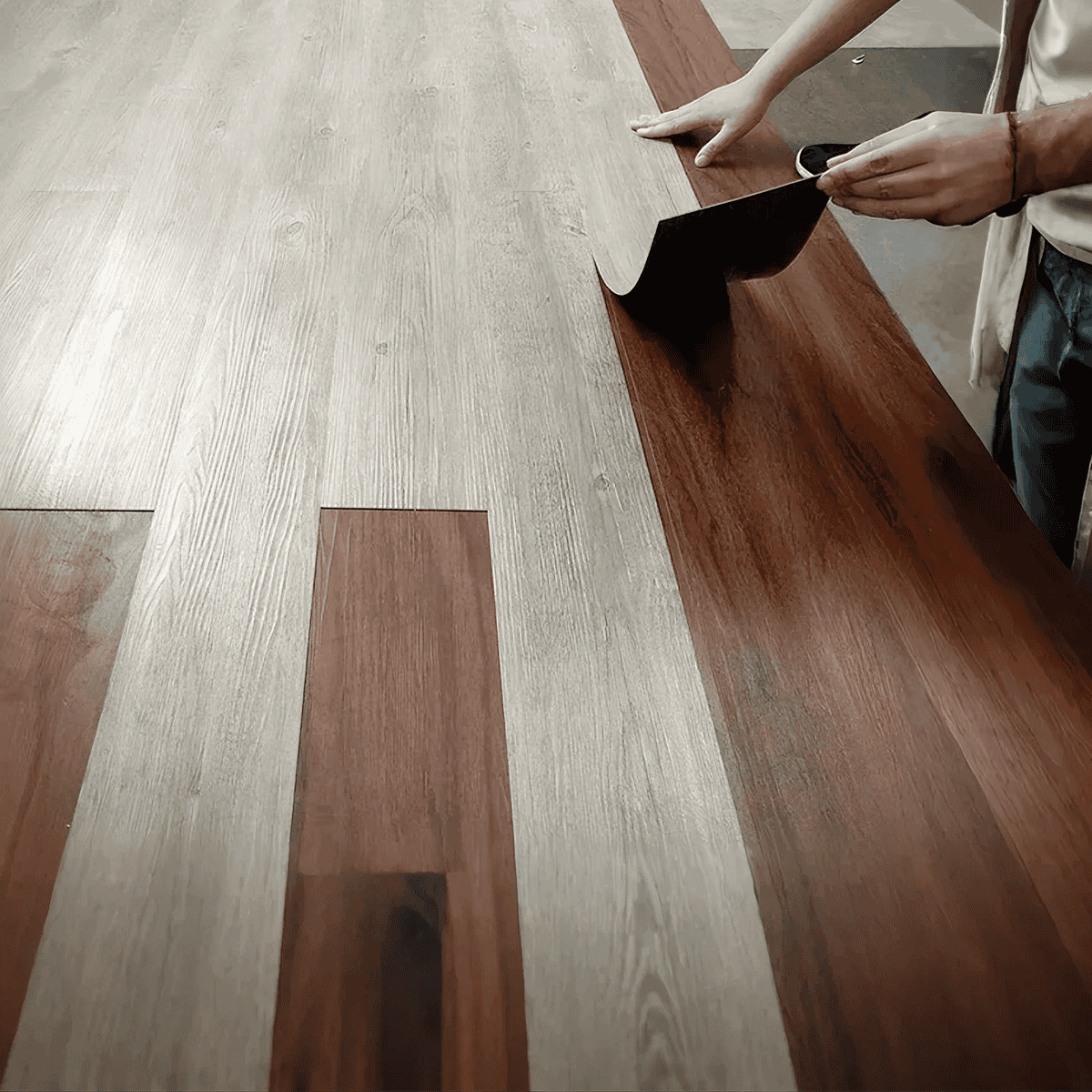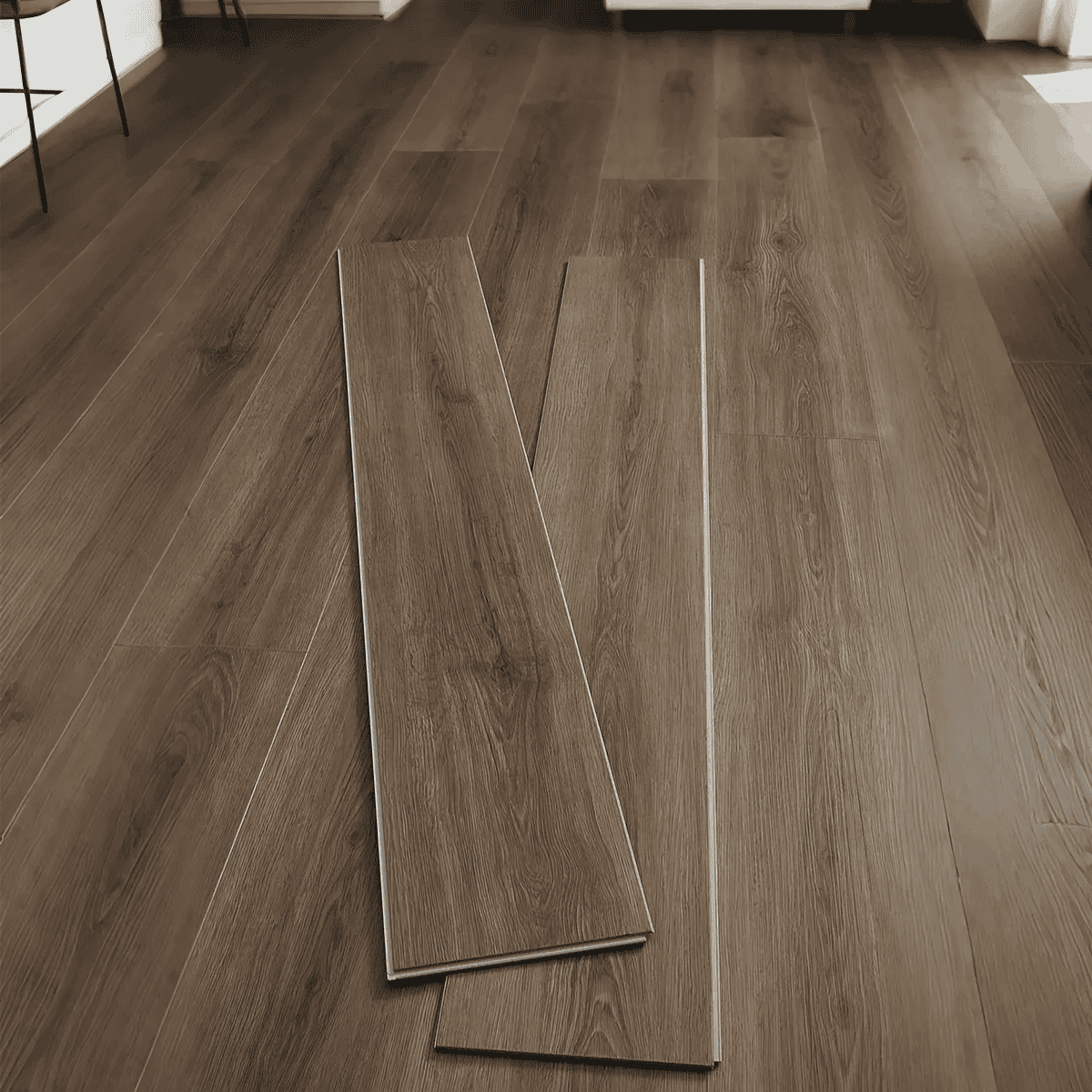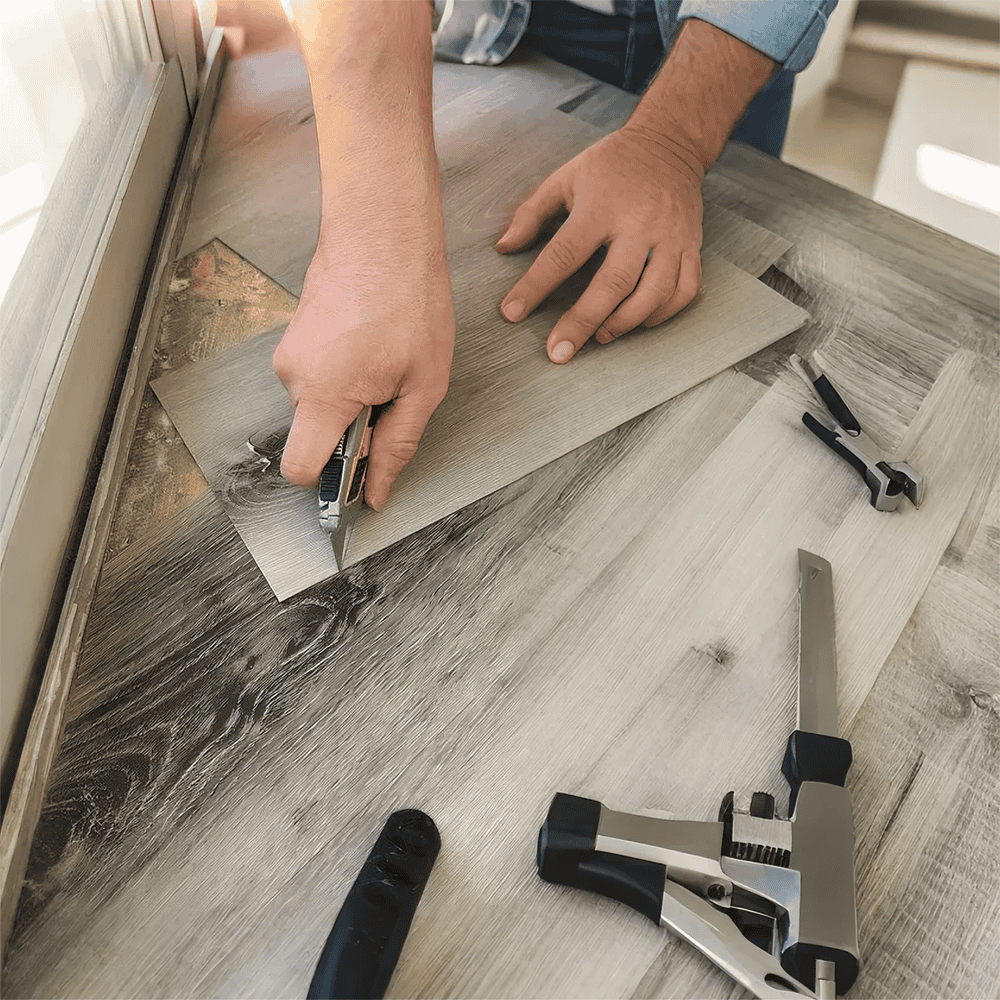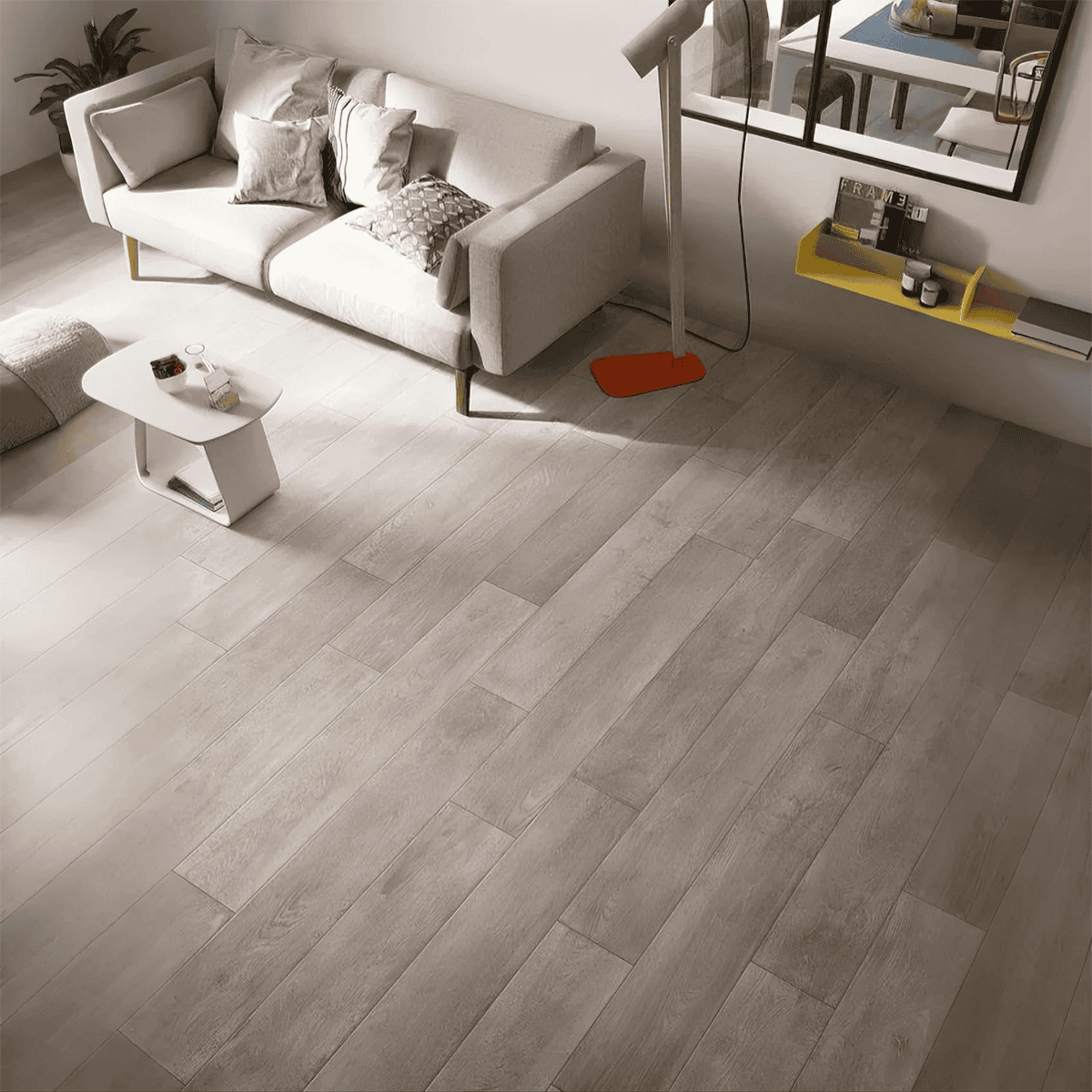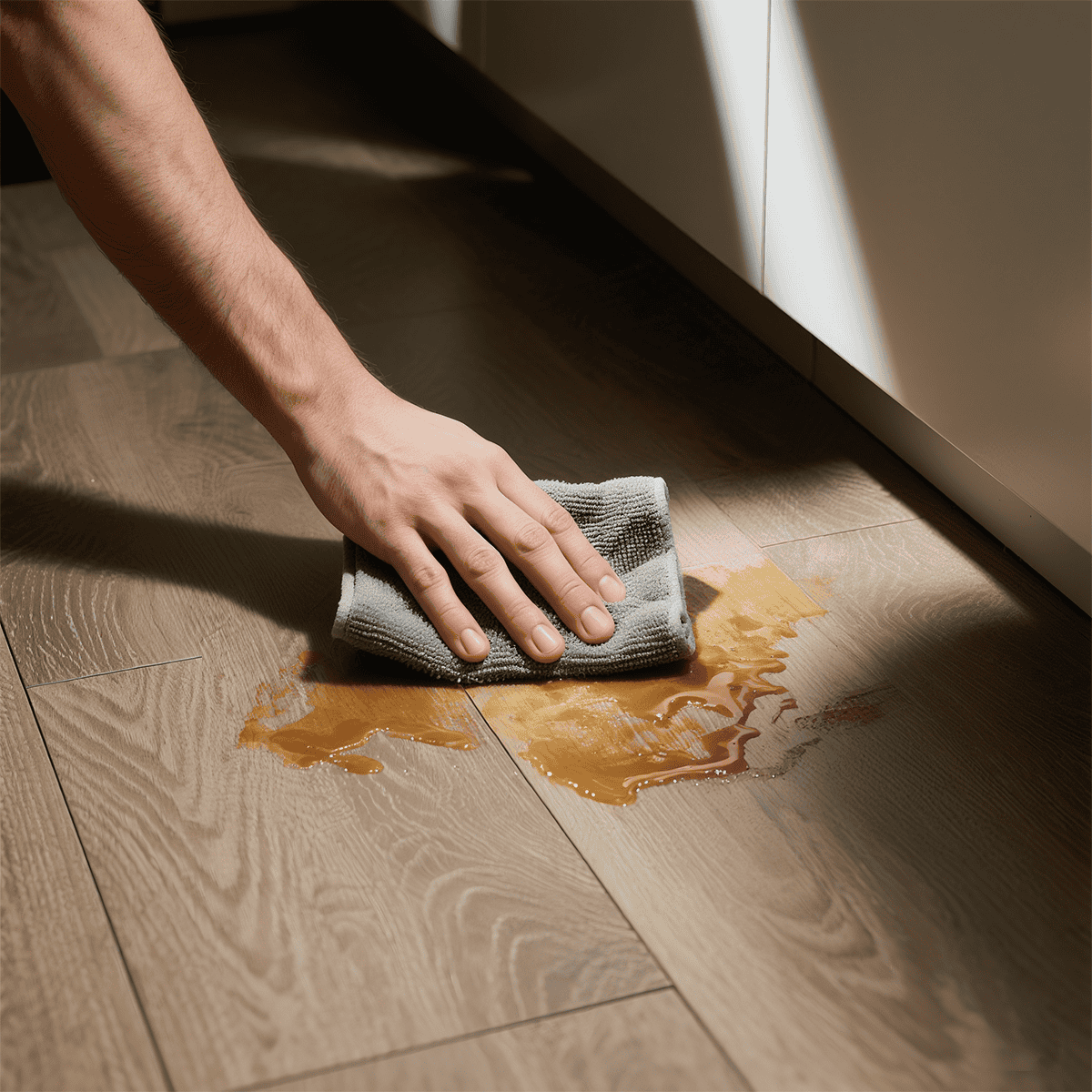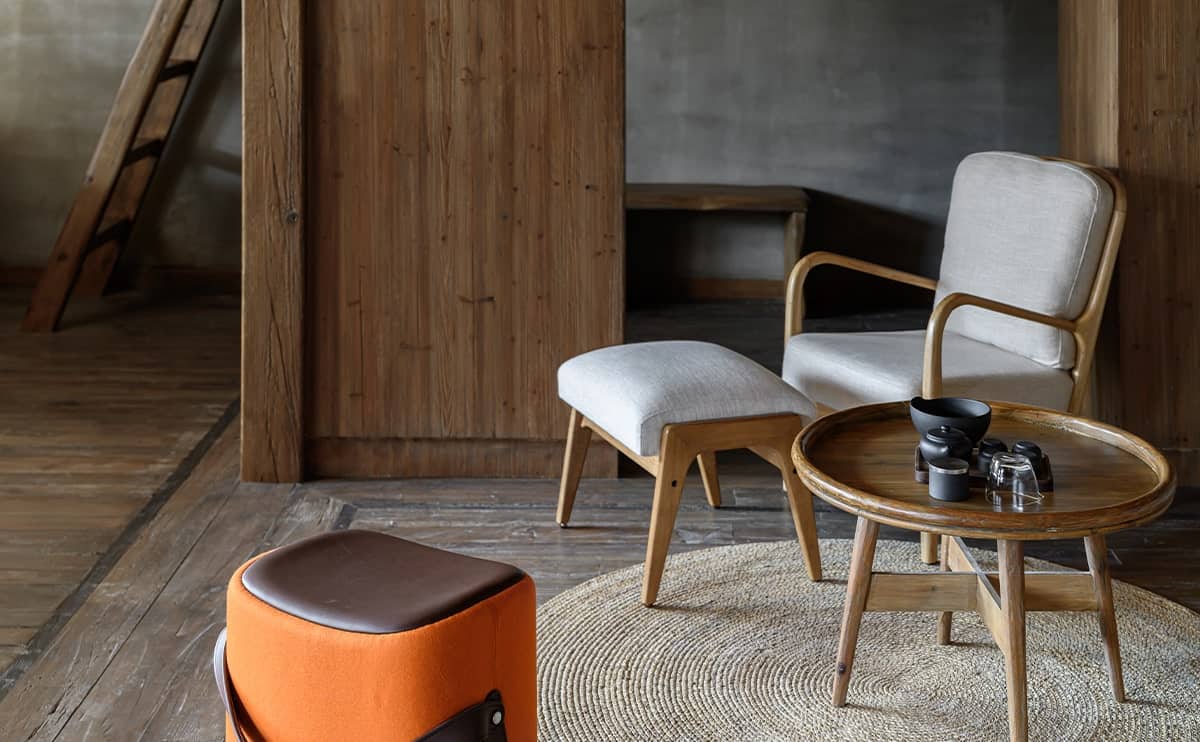COLOR
Filter by price
TEXTURE
SIZE
Showing all 10 results
Why LVT Is Smarter Than You Think
6 Reasons Renters, Flippers, and DIYers Prefer LVT Over SPC or Tile
LVT Questions from Real Renters and Weekend Remodelers
Worried about peel, durability, or cleanup? Get honest answers to common LVT concerns from budget-conscious users.
Peel and Stick FAQ
Q1. What is LVT, and when should I consider using it?
LVT (Luxury Vinyl Tile) is a flexible flooring made of PVC. It looks like wood or tile but installs faster and costs less. It’s ideal for renters, busy kitchens, temporary renovations, or any space that needs easy replacement or low maintenance.
Q2. Can I install it myself even if I’ve never done flooring before?
Yes! Most LVT options are peel-and-stick or glue-down. You only need scissors and a clean floor — no tools, no experience, no stress.
Q3. Can I install LVT in a rental apartment without damaging the floor?
Not at all. Peel-and-stick LVT is renter-safe. It lifts cleanly without glue marks or damage when removed properly.
Q4. Can I use it in high-moisture areas like kitchens?
Yes. LVT resists moisture, stains, and grease, making it perfect for kitchens, laundry rooms, and even busy mudrooms.
Q5. What if my subfloor isn’t perfectly flat? Will LVT still work?
LVT is forgiving. It flexes slightly and adapts to minor unevenness. You don’t need to level like with tile or SPC.
Q6. How long does LVT last in real use?
In homes, LVT lasts 5–8 years with basic care. It’s best for areas where floors get changed often, like rentals or kitchens.
Q7. Does it stain or require special cleaning?
Nope. Just sweep and mop. LVT resists stains and grease. No waxing, no sealing, no headaches.
Q8. Is LVT a good choice if I don’t want to fully renovate?
Yes. LVT is perfect when you just want a clean, quick, and affordable upgrade — especially in guest rooms, basements, or temporary-use spaces. It covers old floors, skips construction, and looks great in a day.


